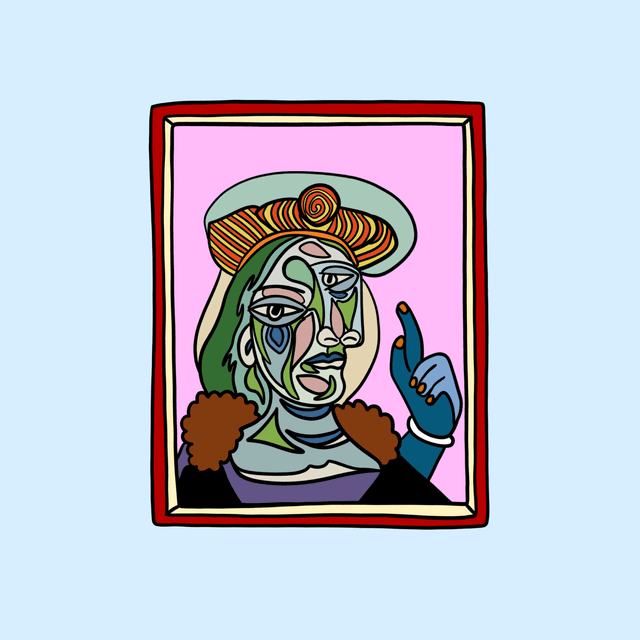Sections
Latest
Familiarize yourself with German body parts vocabulary, for health and fitness discussions.





Let's learn the vocabulary for body parts in German. Learning the words for various body parts can be very useful when you're at the doctor or even just want to describe your friend's face.
Knowing the most important body parts in German can be very useful in many situations. These words can help you explain health issues to a doctor, or give someone more detailed instructions when you are injured.
Let's have a look at words for the upper body first:
And now at some vocab for the lower body:
But even if it's less serious than that, those words can come in pretty handy. For example, in situations where you just want to describe a person's physical features or tell a friend your honest opinion while you're clothes shopping.
Now let's have a look at German vocabulary for facial features: eye(s), mouth, nose and ear(s).
Examples of useful German vocabulary for facial features include die Nase (nose), die Stirn (forehead), die Augenbrauen (eyebrows), die Augen (eyes), die Wangen (cheeks), der Mund (mouth), and die Lippen (lips).
Additionally, knowing the German verbs tightly related to facial expressions, such as lächeln (smile), lachen (laugh), schauen (look), and weinen (cry), can be helpful in communicating with German speakers.
Well, apart from medical contexts & palm reading, knowing German vocabulary for words like "hand" or "finger" can also be useful in many other contexts, such as in the arts, when discussing crafts, when talking about sports, or when describing everyday objects and activities.
Knowing the German words for these items can help to add nuance and detail to conversations and descriptions.